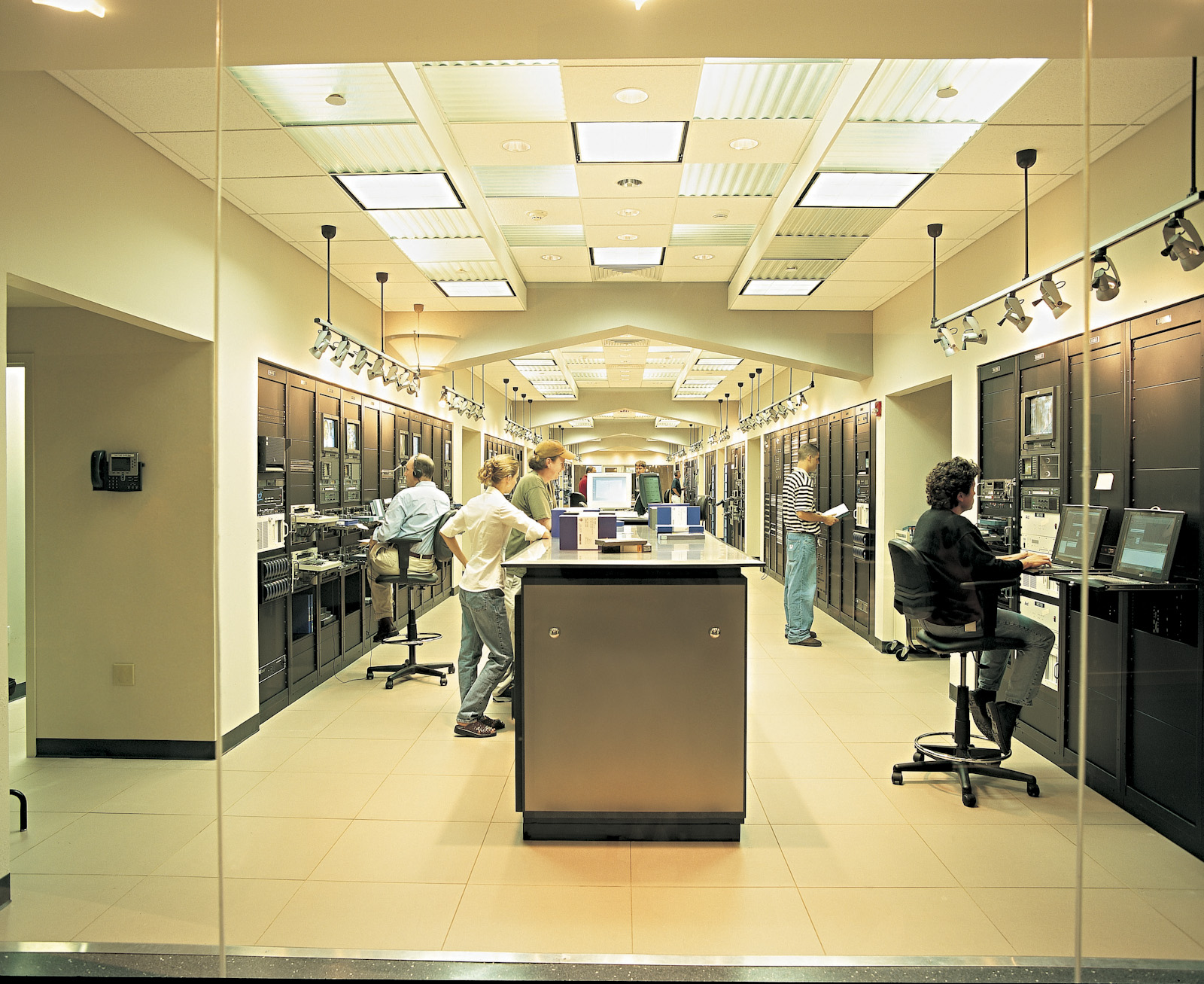

NFL FILMS SERIES
In addition to list-driven NFL Network shows, those new frontiers include, most recently, a series of online shorts with popular podcast duo Men in Blazers. “But at the same time, we produce content for different formats, and we intend to continue to do more and more of that.” “We still do a lot of long-form storytelling, we still have hour-long documentaries that we do every week,” Katz says. The type of content all those terabytes of footage are put towards has changed as well. Bits and bytes move much faster than trucks and planes. Whereas canisters of film needed to be physically shipped from stadiums back to NFL Films headquarters in Mount Laurel, New Jersey, all the digital age requires is data transmission.

Shooting on digital also affords NFL Films an even more critical currency in today’s no-huddle news cycle: speed. “The large image sensors on these cameras are delivery spectacular images,” Howard explains, “They’ve actually resulted in better images than 16mm, while maintaining cinematic quality.” Those concerns were allayed, Howard says, once the team realized that the high-tech Arri Alexa and Arri Amira cameras the company eventually bought were able to not just match the standards to which NFL Films had been accustomed, but exceed them. There was concern about losing our identity as we were migrating to something else other than film.” “For the longest time it was a heretical concept to even broach around the organization,” says Howard. Even a change with such obvious benefits, though, came hard. That’s the context in which NFL Films made the switch to digital, a move that allows for speed and cost savings while actually improving the quality of the images captured, according to Jeff Howard, a 28-year NFL Films veteran who oversaw the transition. Kodak, supplier of the 16mm film NFL Films had used for decades to achieve its signature look, declared bankruptcy in 2012. Marquee productions like Game of the Week left the airwaves, replaced by fast-twitch fare like NFL Replay and NFL Top 10. NFL Films went through a round of layoffs in 2008, leaving some to wonder if the unit would survive. The very things that had made NFL Films great no longer resonate. And the NFL itself built out its media presence across multiple avenues, including its own 24-hour network. The appeal of bombastic long-form content that NFL Films produced has found unsure footing in the internet age. The advent of cable meant there was no shortage of football footage to consume. It was, as Vogan and many others have pointed out, a marketing triumph. The NFL Films of that era did wonders for the league that owned it. It has mandated a new way of thinking, as well. Ensuring that NFL Films still has a place in an era that’s more Snapchat than slow-motion spirals takes more than an equipment upgrade, though. A proud company, steeped in a fading tradition, embraces the future at the 11th hour (or, perhaps, late in the fourth quarter). “We had to go digital,” says NFL Films COO Howard Katz, for a host of financial and technological reasons.

NFL Films finally quit the 16-millimeter stock on which it had been shooting for decades, and replaced it with a gaggle of digital cameras. It was anything but at NFL Films.Īt the venerable video arm of the National Football League, purveyor of operatic sporting scenes from “the frozen tundra of Lambeau Field” and beyond, last year will be remembered as when it finally left film behind for good. Pretty typical, at least for this decade. The Buccaneers stank, the Patriots won the Super Bowl. NFL footage © NFL Productions LLC.The 2014 season was much like any other for NFL fans. All other NFL-related trademarks are trademarks of the National Football League. NFL and the NFL shield design are registered trademarks of the National Football League.The team names, logos and uniform designs are registered trademarks of the teams indicated.


 0 kommentar(er)
0 kommentar(er)
